Animations sound intimidating at first, but this article will give you a new perspective on how animations work and how you can be a great animator in the future.
‘Developing a Creative Eye for Graphic Design’ is a blog series that shares first-hand knowledge and experiences from DotYeti’s creative team. In this first series, we’ll be taking a look at Ross’ and Jacob’s perspectives on the art of animation.
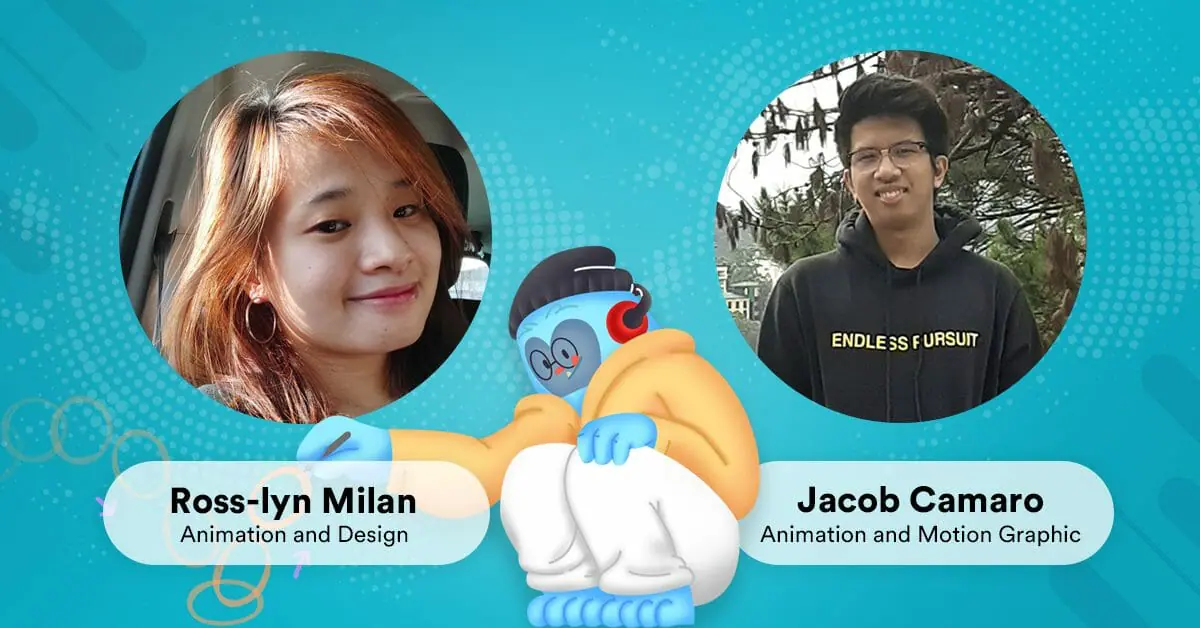
Ross-lyn is our beloved graphic designer and GIF Animator Yeti. Her quirky and playful artwork always keeps our hearts beating as we eagerly wait for more. Thanks to her experience in the field, she can quickly come up with creative and unique designs that are out of this world.
Ross’ Work
Jacob is our very first Motion Yeti in the biz. He first started as our master GIFs creator and eventually leveled up to motion graphics. He is known in our company as one of the most reliable Yeti’s to take on a job that is too complicated for others.
Jacob’s Work
So, What Are Animations?
From the root word animate which means “bring to life,” animations are an umbrella term for lively moving images that tell a story and impart a message. Meaning, it’s more than just making a circle slide around a PowerPoint presentation—that would be motion graphics, a subcategory of animation.
Animators are writers and graphic designers rolled into one. They make drawings come alive by giving them mobility, personality, and purpose. Unlike motion graphics, which only allows design elements to move around, animations can emotionally connect to an audience at a deeper level.
It’s an art form that includes not only a love for doodling and storytelling but also a general understanding of math and physics to imitate life. But aside from those, what other skills do you need to be a phenomenal animator?
6 Essential Skills You Need As An Animator
According to Ross-lyn and Jacob, to be able to create amazing animations, you need these 6 essential skills:
1. Imagination and creativity is the key to great animations
These are the foundation of every artists’ work. Your ideas are developed through wild imagination and inherent creativity. You cultivate them through curiosity and a zest for life.
Both Ross-lyn and Jacob agreed that observing nature is the best way to start. As insignificant as small animals and insects may seem, they all have a story to tell which makes them so popular with artists. Even your ‘plain and boring’ yard is a limitless exhibit of life if you look at it right.
“Use your senses to absorb the world around you,” says Jacob. The texture of dirt, the sound of crunching dried leaves, the smell of rainwater, the list goes on. All of these can help you build a world in your head. Crisp details are what’ll make your audience someday feel the life inside your work.
2. Figure drawing
Ross-lyn added that “the ideas are given their first breath of life through sketches. Figure drawing will always be the first step into realizing the animated film living in your mind. It’s also the most accessible way to jot down ideas before you forget them an hour later.”
You don’t have to be a renaissance artist per se. As long as you’re honing your skills to further create compelling illustrations. There are numerous techniques you can use to put your idea on paper, giving it a distinct style and approach.
Check out our fantastic guide to custom illustrations here to help you generate more ideas. An animated world can be anything you will it to be.
3. A knack for storytelling and presentation
It begins with a spark—the urge to tell someone something in a specific way. For one, Hollywood’s been retelling the legend of Tarzan for decades and you can still expect someone to do a remake after.
That’s because directors and writers will always have their take. They have a vision that’s different from how others have told a story beforehand, and this new one will have their signature all over it. Likewise, the story you have in you is all about how you want to present it.
As an animator, you need to focus on visual storytelling and communication the same way a filmmaker plans out a sequence or scene. You can learn more about scene composition by researching mise en scène.
4. Proficiency with graphics software
“You’re extremely lucky to be born in the 21st century if animation’s your passion,” says Jacob as he busted out laughing. “Imagine what it’s like being an artist or scientist limited by the technology of your time.”
In the 40s, as Walt Disney Pictures had done, 2D animations of Mickey Mouse were done manually. This painstaking process has been more or less abandoned through the use of software such as Autodesk Maya and Adobe After Effects.
When asked for the most beginner-friendly animation software, Jacob and Ross both agree that all of them are extremely complicated.
“Especially, After Effects,” Jacob answered. Ironically, Adobe AE is both their favorite because of its specific compositing features that allow them to fully realize their vision.
5. Attention to detail
Making images move is undoubtedly complex. Smoother transitions and elaborate movements require more layers in a single second. If you’re not reviewing them frame per frame, you’re gonna be checking each millisecond on your software timeline to hunt for errors or missing pieces.
It takes a great amount of patience and meticulousness to create something truly spectacular and seamless. Think of the individually animated hairs on Sully’s fur from Monsters, Inc. The work may take an immense amount of time and effort, but the results are worth it—along with the decent pay.
According to Jacob, a big part of not losing track is to make sure you start clean. “It’s rare for animators to have everything in order. You have to have proper file naming, proper arrangement of layers, etc. You can’t just randomly insert pictures anywhere.” This will make it very confusing for the next animator who will cover for you in your team.

How Jacob organizes his files on After Effects
6. Collaboration
It’s hard to let go of the reins, especially when you’re specific on how to execute your vision. But if you don’t, it’ll take you a lifetime to finish a project.
Professional animators learn to rely on and trust their teammates. They also understand the bigger picture. Ross, who originally dabbled in graphic design only, had to put her knowledge and skill to the test to help the team out.
“I have some background in animation but it wasn’t my focus. But when the Motion Yetis all had full schedules, I had to step in and lighten their load,” said Ross-lyn. The team learned to rely on her and she’s been a valuable part of the animation team since.
Honing Your Skills In Animations
Animation is a tricky style to master. Ross-lyn and Jacob gave a few tips on how someone new to the field can hone their skills in animations.
1. Learn to interpret body language and facial expressions
It’s impossible not to include body language when animating movement. Every profession makes it a point to read a person’s movements to gauge them psychologically; allowing them to understand the subject’s emotions, thoughts, and intentions.
To communicate effectively, TV personalities are keen on controlling these three forms of non-verbal communication: kinesics, oculesics, and vocalics.
Kinesics refers to movements and gestures of the body as a whole. Oculesics refers to the movement of the eyes, regarded as the most expressive feature of the face. Lastly, vocalics refers to voice qualities such as tone, pitch, rate, volume, and accent pattern in conveying messages.
2. Use real-life models as a basis for animations
“Animations is more exhilarating than it sounds!” Ross-lyn exclaims. “Disney for example shows their creative processes when animating elaborate dance scenes and it’s mind-blowing to watch; like when they animated the Hula dance for Lilo & Stitch.“
Animators can capture natural form and movement just by watching, applying moves from real-life performers. You can use any videos available online or nearby objects that can serve as an inspiration for your animations.
A common practice in animation studios today is to film voice actors as they perform; using their natural movements as a basis for their characters. You can also try this at home by filming yourself with a smartphone or camera as you act out a scene.
3. Understanding anatomy
Mistakes animators often make are creating exaggerated and physically impossible movements for their characters. An example of this is when manga artists twist their female characters’ spines just to emphasize their features.
Biological features like joints and limbs are important in making 3D rigs that are easy to work with. These serve as the skeletal structure that your character will follow when moving.
Unless you’ve been tasked to animate Doctor Octopus with functional six-fingered hands in each tentacle, it’s advisable to keep your rig simple. This will give you a solid foundation that’ll save you from complications in the long run.
4. Practice with key poses first
Anatomy is daunting and more science than art. Artists who study realism master anatomy by breaking down complex curves into polygons first.
For practice, you can begin to learn by animating humanoid polygons and use body language to tell the story. Over time, the details you’ll be able to apply with ease will add up to form a realistic character.
Imitating life is the goal of any animator. But it’s also okay to remember that there are essentially no rules for artists and animators. An example would be how Mike Wazowsky’s legs are too thin to support the weight of his body, and yet he still stands.
5. The laws of motion and the law of gravity
According to Jacob, “You don’t need to have a degree in physics. A basic understanding of these relevant concepts will get you far. Like ensuring that your character doesn’t do anything it’s not supposed to do on Earth.”
By this point, you should already know that science and art are not opposites but instead complement one another. Even the formula of divine beauty, the golden ratio, is mathematical.
Here are some guides are written in layman’s terms to understanding the laws of motion and the law of gravity. Having a masterful understanding of these can help you create complex sequences that follow proper timing, balance, gravity, and flow.
6. Consume current media for trends
The last tip Ross-lyn has for young animators is that “If you want to work in the creative industry, you’ll have to be on the lookout for fresh media while keeping up with what’s trending for your audiences. These usually include listening to new music, reading books, watching films and shows, and absorbing other art forms.”
These will feed your mind and inspire you to come up with fresh concepts. Ross-lyn views the works of other artists on sites like Behance, Pinterest, and Vimeo. Jacob, meanwhile, watches ads from YouTube and other social media to gain fresh ideas.
So as tempting as it sounds to purchase Premium to avoid ads, you could do without it. Especially if you’ll be working in advertising or any design platform.
If you want to learn more about animation from masters, you’ll want to check out The Illusion of Life. It’s considered to be a bible of sorts for animators. That’s because it was written by Disney animators Frank Thomas and Ollie Johnson. It compiles and simplifies everything they know about giving life to a character.
Types Of Animation
1. Traditional Animation
Traditional animation is the manual creation of moving pictures by drawing frame by frame, with each frame in detail. There are traditionally 24 fps.
Animators found a way to save time through cel animation. Cels, short for ‘celluloid,’ are transparent plastic films animators use to paint characters on. It allows them to focus on character details without worrying about the background. The background is made as one long reel, if the character is moving in a scene, and could be paused if the character is static.
Traditional animation techniques are lengthy and expensive, which is why shows tended to have simpler storylines. In the case of Snow White and the Seven Dwarfs (1937), you can see small inconsistencies in the animation. That didn’t stop audiences from being completely blown away, though standards are much higher now.
2. 2D Animation
2D animation looks a lot like traditional animation and is still widely popular in producing cartoons for children and adults. Drawing styles evolve and suit different audiences so it’s safe to say it’s an animation type that’ll die out soon.
Animators use software like Adobe Animate to make their lives easier. They base the movements off of 2D rigs or digital puppets. They also still hand-drawn characters and mix and match them with their sketches.
“If you want to learn, you have to look at it like you’re solving a problem,” says Jacob. “I learned how to animate [2D] in high school just by watching explainer videos online.”
Ross agrees and thinks it’s best to have a specific thing you want to do and search how to do it instead of fiddling around the software; “Any tutorial video will do” she says.
3. 3D Animation
3D animation is as real as it gets. You can use it to add more dimension to your 2D characters or make them indistinguishable from reality. You might know this as CGI (computer-generated imagery) which is popular in sci-fi and fantasy films. Jacob recommends watching the works of Andrew Kramer to learn the ‘basics’.
It’s a versatile type of animation, and learning how to do it will be extremely useful for your career. You’ll be animating characters and other scene elements for short films, feature films, live-action films, video games, and more. Because of the difficulty of the work, animators are one of the highest-paid occupations in the industry.
As you can guess, the work is too taxing for animators to do it alone which is why you’ll need a whole team to work with you. Pixar Animation Studios take an average of five years to complete a 3D animated film.
4. Stop Motion
Stop motion animation is arguably the hardest to execute. You’ll need a complete physical setup for the characters and the world they live in. Animators use clay or cut-outs as models.
It takes a lot of planning, patience, and best of all, stillness to ensure that there’s no continuity error in the animator’s work. Once everything is set up, the animator takes a photo of each small movement. Keeping in mind the frame rate and how marginal the characters’ movements should be in each shot for the finished product to appear smooth.
The results are magical. It’s the ultimate test of skill and patience for animators, which is one of the reasons why it never phases out.
Unlimited Graphic Designs with DotYeti
DotYeti provides amazing graphic designs and animations for the cheapest price on the market. It’s a bang for your buck—and animations don’t come cheap.
More than just imitating life, animations can bring your products and services to come alive. Check out our portfolio and case studies to see how animations and animated GIFs have helped our clients come a long way.
Take a look at our pricing page to see which design package fits your needs best. And if you’re not sure which one to go for, reach out to a Yeti today for a customized package just for you.
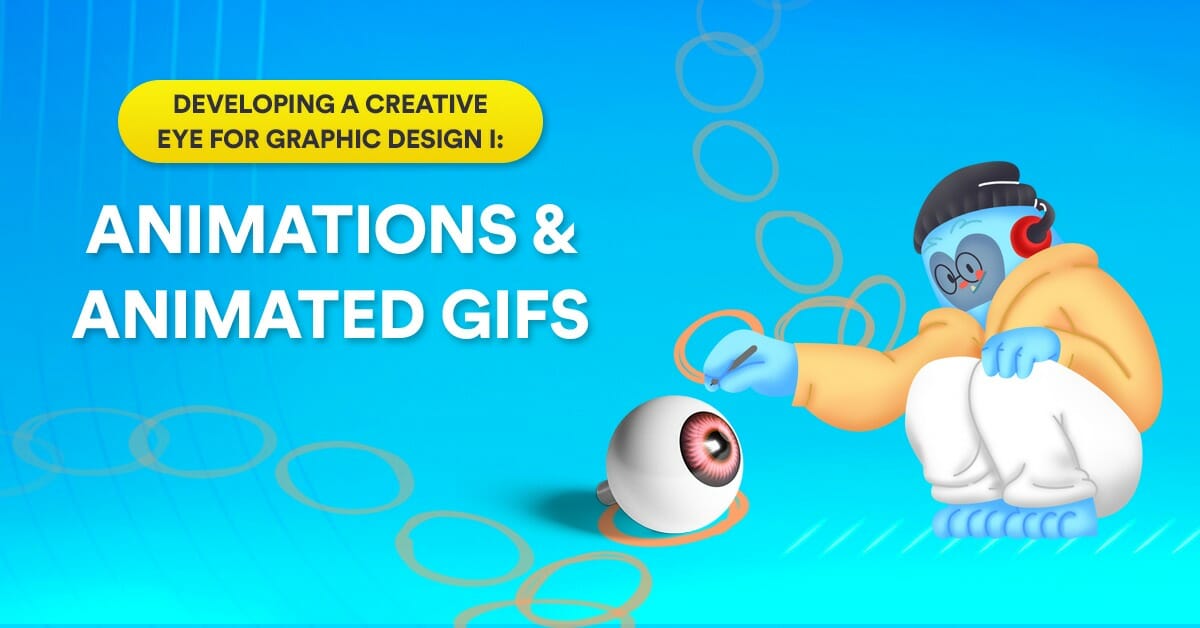
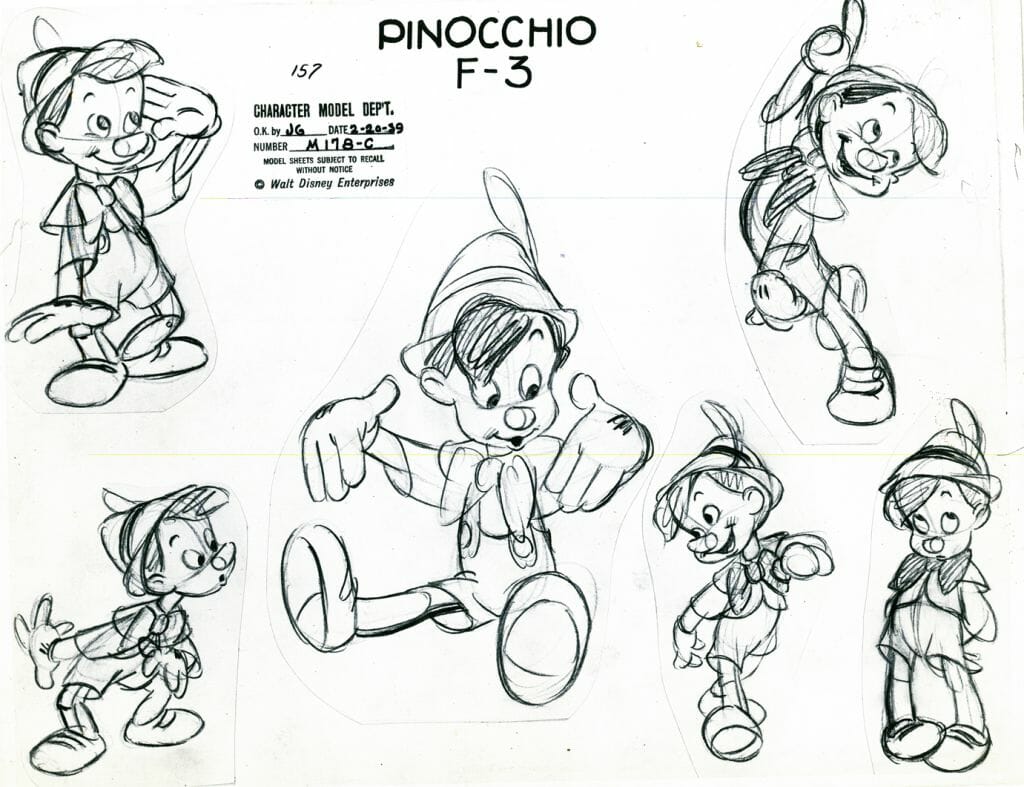

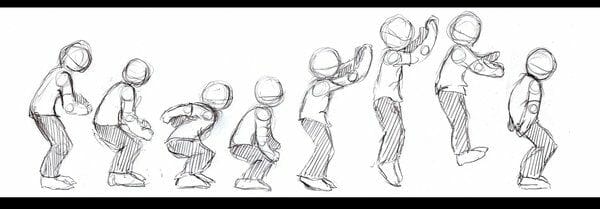






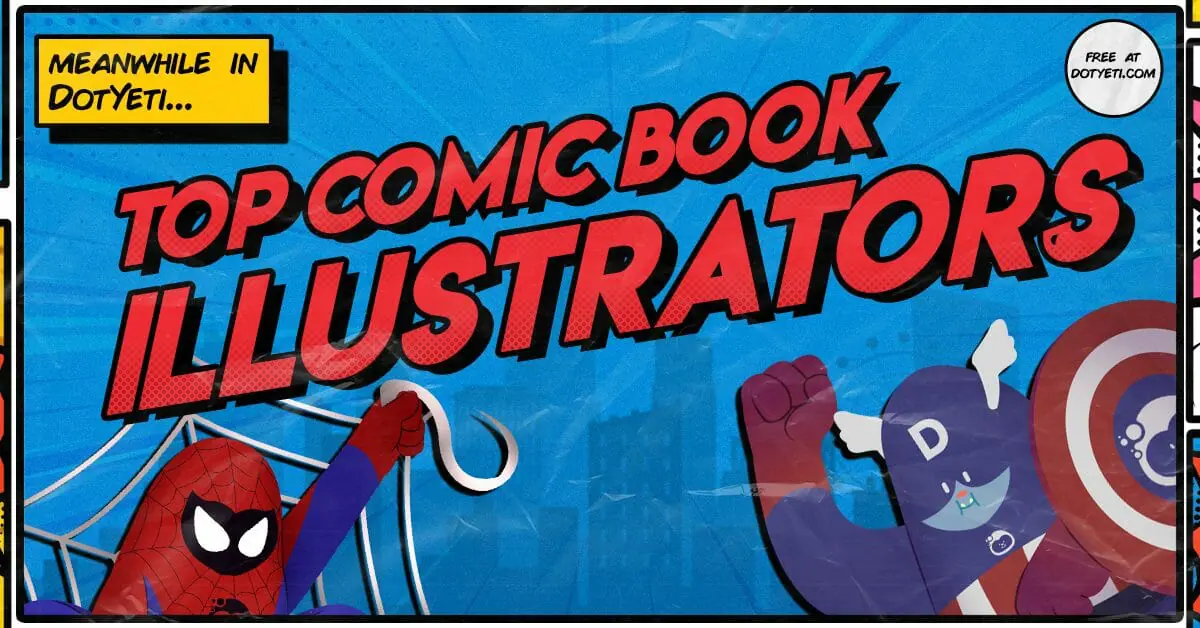
![[UPDATED] The 2024 Complete Graphic Design for Marketing Guide](https://www.dotyeti.com/wp-content/uploads/2021/12/2022.jpg)

